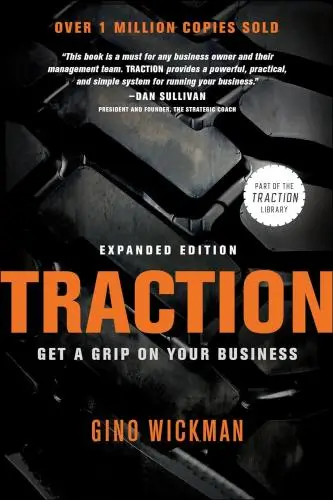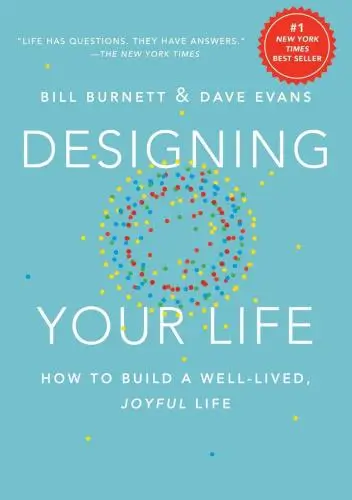Designing Your Life
How to Build a Well-Lived, Joyful Life
What is Designing Your Life about?
Designing Your Life is a guide that helps readers approach life decisions with a design-thinking mindset. Drawing on principles from the world of design, this book offers tools and exercises to help readers create a life that is fulfilling and meaningful. By reframing problems as design challenges, readers can gain clarity, set goals, and take action towards building a life they love. With a focus on experimentation and iteration, this book empowers readers to actively design their futures.
About the Author
Bill Burnett is an executive director of the Design Program at Stanford University and co-author of "Designing Your Life," a book that applies design thinking to personal and career development. His work emphasizes creativity, problem-solving, and applying design principles to construct meaningful and fulfilling lives.
10 Key Ideas of Designing Your Life
Embrace Curiosity to Explore New Life Paths
Curiosity is a powerful tool for personal growth and exploration. By fostering curiosity, you open yourself up to new experiences, hobbies, and career paths that you may not have considered before. This approach encourages an open-minded attitude towards life's possibilities, allowing you to discover passions and opportunities that align with your interests and values. Embracing curiosity involves asking questions, seeking out new experiences, and being willing to step outside of your comfort zone. This tactic is crucial for designing a life that is not only fulfilling but also uniquely tailored to your personal aspirations and capabilities.
Learn DeeperStart a Curiosity Journal: Dedicate a notebook or digital document to jot down questions, ideas, or topics that intrigue you. Regularly review and explore one of these curiosities further, whether it's through reading, a workshop, or a conversation with someone knowledgeable.
Set a 'New Experiences' Goal: Each month, commit to trying something completely outside of your usual routine. This could be attending a class in a subject you know nothing about, trying a new hobby, or even visiting a museum or gallery dedicated to an unfamiliar art form.
Ask More Questions: In your daily interactions, challenge yourself to ask more questions rather than settling for surface-level conversations. This can lead to discovering new interests and viewpoints that broaden your perspective.
Embrace the 'Beginner's Mind': Approach new experiences with the mindset of a beginner, open to learning and making mistakes. This attitude encourages growth and reduces the fear of failure, making it easier to dive into new ventures.
- Example
If you've always been curious about photography but never took the step to learn it, sign up for a beginner's photography class or challenge yourself to take a photo a day for a month, using different techniques or themes.
- Example
Imagine you're intrigued by a foreign culture. Start by attending a cultural festival, trying out a restaurant that serves authentic cuisine from that culture, or learning the basics of the language through an app or local language exchange meetups.
Reframe Problems as Opportunities for Creative Solutions
Reframing problems as opportunities is a mindset shift that transforms challenges into chances for innovation and growth. Instead of viewing obstacles as insurmountable barriers, this tactic encourages seeing them as puzzles to be solved. This perspective fosters resilience and adaptability, essential qualities for navigating life's uncertainties. By adopting this approach, you cultivate a proactive attitude towards problem-solving, enabling you to tackle issues creatively and effectively. This method not only enhances your ability to deal with personal and professional challenges but also contributes to a more optimistic and empowered outlook on life.
Learn DeeperIdentify the Opportunity in Every Problem: Start by acknowledging the problem you're facing. Then, actively shift your mindset to view this problem as a potential opportunity. Ask yourself, 'What can I learn from this?' or 'How can this situation help me grow or innovate?'
Break Down the Problem: Divide the problem into smaller, manageable parts. This makes it less daunting and easier to tackle. For each part, brainstorm possible solutions or steps you can take to address it.
Seek Multiple Perspectives: Sometimes, being too close to a problem can limit your ability to see it differently. Talk to friends, family, or colleagues about the challenge you're facing. Their insights might help you reframe the problem and discover new solutions.
Embrace Failure as Part of the Process: Understand that not every attempt to solve a problem will be successful. View failures as learning opportunities that bring you closer to a creative solution. This resilience will encourage you to keep looking for innovative ways to overcome challenges.
- Example
If you're struggling to find a job in your field, instead of viewing it as a failure, reframe it as an opportunity to explore new industries or develop new skills. This might involve taking online courses or considering roles you hadn't previously thought about.
- Example
When faced with a difficult client at work who seems unsatisfied no matter what you do, instead of seeing this as a stress source, view it as a chance to improve your communication and problem-solving skills. You could seek feedback to understand their perspective better and brainstorm innovative solutions to meet their needs.
Prototype Your Life Choices to Test Fit and Feasibility
Prototyping in the context of life design involves creating small, manageable experiments to test out different career paths, hobbies, or lifestyles before making significant commitments. This tactic allows you to gather valuable insights about what works and what doesn't in real-world scenarios, reducing the risk of making decisions based on assumptions or incomplete information. Prototyping can take many forms, such as shadowing professionals in your field of interest, taking short courses, or engaging in volunteer work. By testing your hypotheses through these low-stakes experiments, you can make more informed choices that align with your goals, skills, and passions.
Learn DeeperIdentify Your Interests: Start by making a list of careers, hobbies, or lifestyles you're curious about. This will serve as your blueprint for the prototypes you'll create.
Design Small Experiments: For each interest, design a small, manageable experiment. This could be shadowing someone in your field of interest for a day, taking a short online course, or volunteering in a related area.
Reflect and Adjust: After each experiment, take time to reflect on what you learned. Did it feel right? What did you enjoy or dislike? Use this feedback to tweak your next experiments or explore new areas.
Network with Purpose: Reach out to professionals in fields you're interested in. Ask if you can interview them or if they offer opportunities for shadowing. Networking can provide valuable insights and open doors to experiences you might not have found otherwise.
Set Short-Term Goals: Break down your experiments into short-term goals. This makes the process more manageable and gives you a clear sense of progress.
- Example
If you're considering a career in graphic design but aren't sure it's the right fit, you could prototype this interest by taking a short, introductory online course in graphic design. Additionally, you might reach out to local design studios to see if you can spend a day shadowing a professional designer.
- Example
Interested in sustainable living but unsure how to incorporate it into your life? Start by volunteering at a local community garden or attending workshops on sustainable practices. These experiences can offer hands-on learning and introduce you to like-minded individuals who share your interests.
Use Mind Mapping to Generate and Connect Ideas
Mind mapping is a visual brainstorming technique that helps you generate and organize ideas in a structured manner. By visually mapping out your thoughts, you can identify connections between seemingly disparate ideas, uncover innovative solutions to problems, and clarify your goals and aspirations. This tactic is particularly useful for planning your career, personal projects, or any aspect of your life where creativity and strategic thinking are required. Mind mapping encourages a holistic view of your objectives and challenges, facilitating a more comprehensive and coherent approach to designing your life.
Learn DeeperStart with a central idea: Place the main concept or goal you're focusing on in the center of your page. This could be your career, a personal project, or any aspect of your life you want to explore or improve.
Branch out with related ideas: From your central idea, draw branches to other related concepts, goals, or actions. These can be strategies to achieve your main goal, obstacles you might face, or resources you have or need.
Use colors and images: Make your mind map visually engaging by using different colors for different themes or topics. Adding images or symbols can also help you remember and connect ideas more effectively.
Review and refine: Regularly review your mind map to add new ideas or refine existing ones. This will help you keep your goals and strategies aligned with your evolving aspirations and circumstances.
- Example
If your central idea is 'Career Change', branches might include 'Skills to Develop', 'People to Network With', 'Industries of Interest', and 'Potential Challenges'. Under 'Skills to Develop', you could have further branches like 'Coding', 'Design Thinking', and 'Project Management'.
- Example
For a personal project like writing a book, the central idea would be 'Writing a Book'. Branches could include 'Plot Ideas', 'Character Development', 'Publishing Options', and 'Writing Schedule'. Under 'Plot Ideas', you might branch out into different themes or story arcs you're considering.
Deeper knowledge. Personal growth. Unlocked.
Unlock this book's key ideas and 100+ more. Learn with quick, impactful summaries.
Read Full SummarySign up and read for free!
Designing Your Life Summary: Common Questions
Experience Personalized Book Summaries, Today!
Discover a new way to gain knowledge, and save time.
Sign up for our 7-day trial now.
No Credit Card Needed

Similar Books

The Millionaire Fastlane
MJ DeMarco
Losing My Virginity
Richard Branson
Crush It!
Gary Vaynerchuk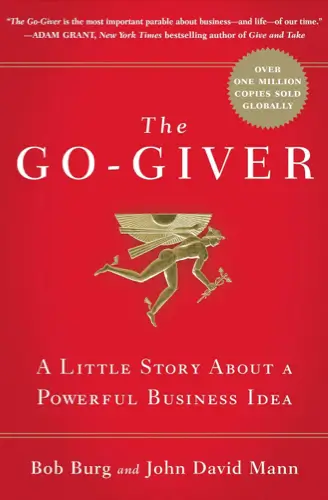
The Go-Giver
Bob Burg
Flow
Mihaly Csikszentmihalyi
Range
David Epstein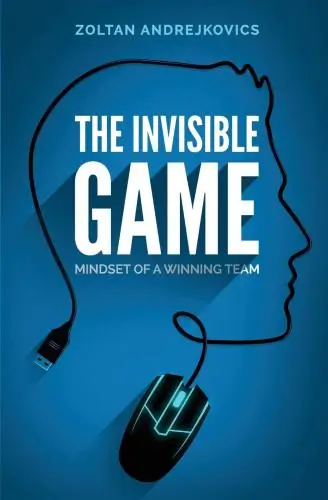
The Invisible Game
Zoltan Andrejkovics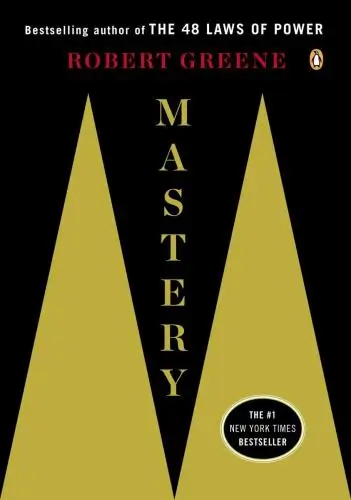
Mastery
Robert Greene
How Will You Measure Your Life?
Clayton M. Christensen
Lean In
Sheryl Sandberg
StrengthsFinder 2.0
Gallup
What Got You Here Won't Get You There
Marshall GoldsmithTrending Summaries

Peak
Anders Ericsson
Never Split the Difference
Chris Voss
Smart Brevity
Jim VandeHei
The Psychology of Money
Morgan Housel
The First 90 Days
Michael D. Watkins
Atomic Habits
James Clear
Thinking, Fast and Slow
Daniel Kahneman
The Body Keeps the Score
Bessel van der Kolk M.D.
The Power of Regret
Daniel H. Pink
The Compound Effect
Darren Hardy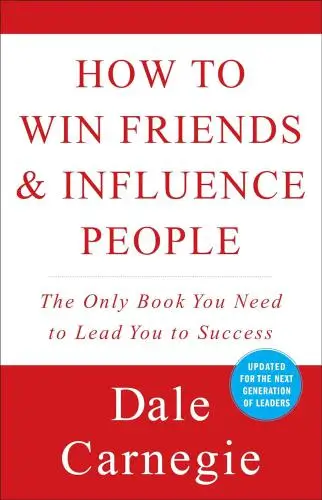
How to Win Friends & Influence People
Dale Carnegie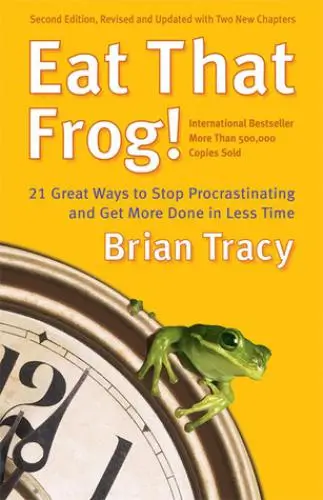
Eat That Frog!
Brian Tracy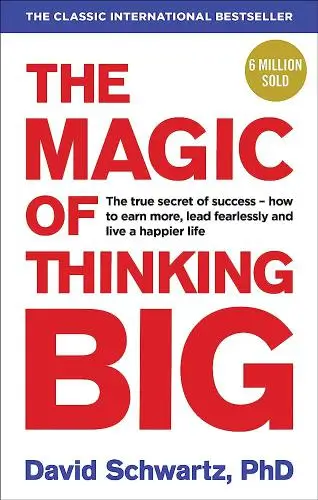
The Magic of Thinking Big
David J. Schwartz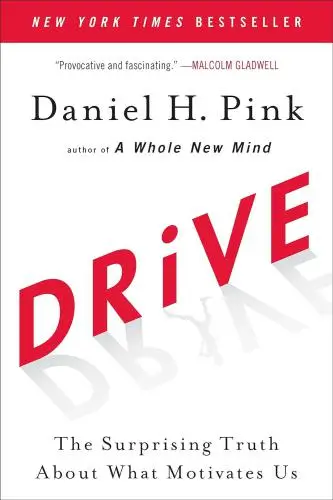
Drive
Daniel H. Pink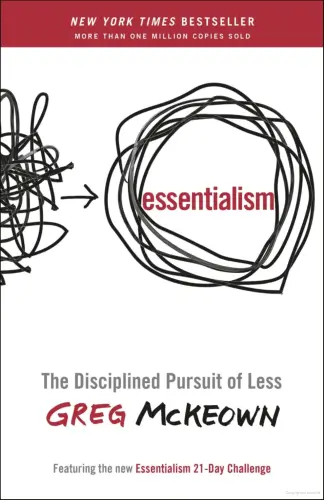
Essentialism
Greg McKeownNew Books

The Millionaire Fastlane
MJ DeMarco
Losing My Virginity
Richard Branson
Venture Deals
Brad Feld
48 Days to the Work You Love
Dan Miller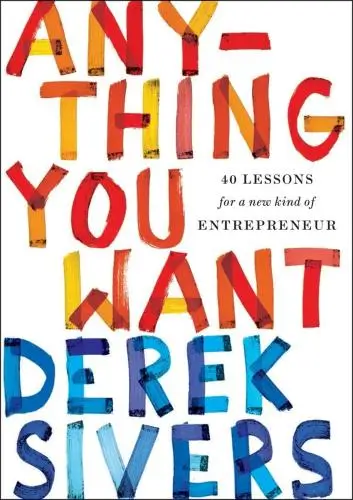
Anything You Want
Derek Sivers
Running Lean
Ash Maurya
Blitzscaling
Reid Hoffman
The Founder's Dilemmas
Noam Wasserman
Founders at Work
Jessica Livingston
The Startup Owner's Manual
Steve Blank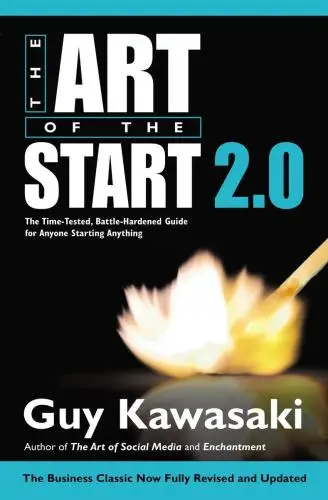
The Art of the Start 2.0
Guy Kawasaki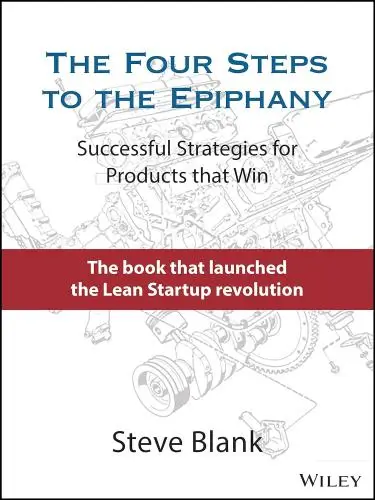
The Four Steps to the Epiphany
Steve Blank
Flash Boys
Michael Lewis
Crush It!
Gary Vaynerchuk